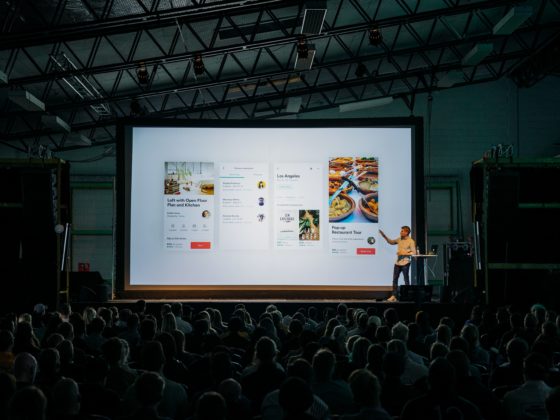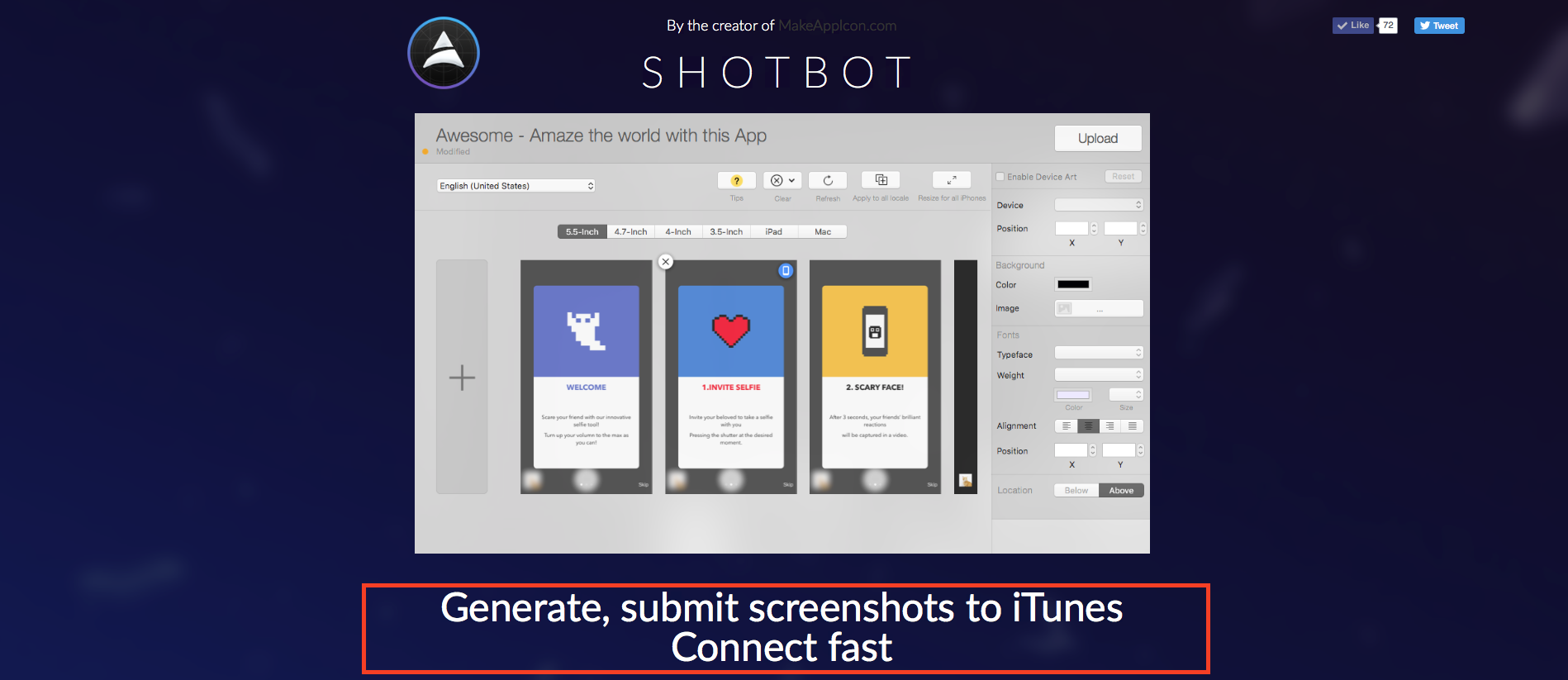A decade or so ago, an e-commerce shop for desktop PCs was all you needed. Today, consumers demand innovative interactions with their favorite brands on the many devices they own and platforms they frequent. There’s fierce competition to meet this demand, and as a digital retailer, you can’t let others gain ground over you.
Whether you’re a well-established company or a startup, you have to keep up with where your customers are. And when it comes to e-commerce, this means being on many digital channels.
Now imagine being a startup or a small company faced with the many possible channels to reach buyers. Making a new e-commerce shop for each would be financially daunting and time-consuming. It’s much like having to build several brick-and-mortar stores for the many locations of buyer traffic.
But what if all you needed was to build one store? And this one store could be in all the locations at once with a changing facade to match every new location and community. In the physical world, this would defy the laws of physics. But in e-commerce, it’s quite like something that’s taking over the game and it’s called headless commerce.

What is headless commerce?
In a nutshell, headless commerce is a separation of the front end and back end of an e-commerce application. It’s this separation that’s all the buzz. To understand why, you’d have to understand what the front end and back end are.
The front end is the customer-facing part of an e-commerce application. This is everything that a customer sees and interacts with in an online shop; item lists, search fields, visuals, a cart, forms, company branding, and so on. It’s usually built by professionals like web designers and user interface and user experience (UI/UX) designers and developers.
Meanwhile, the back end is the core that powers the front end. While all the presentable and attractive surface parts sit on the front end, at the back end are all the supporting functions of the store: updating product catalogs, managing user credentials, processing payments, handling orders, and the like.
In traditional e-commerce shops or websites, the two ends were inescapably linked together. You couldn’t make a change in one without making a change in the other. And since these shops were designed for when people were still making e-commerce purchases on their desktops, they can’t be brought over to mobile or other digital channels without rebuilding both ends, or arduously developing the means to do so. Call it headache commerce, if you will.
But with headless, the separation of both ends allows brands to deliver content, products, and payment gateways on any screen or device — websites, social media platforms, mobile apps, smartwatches, kiosk screens, smart voice assistants like Alexa, chatbots, and everything in between. All that’s needed is for front ends to be designed for each. Meanwhile, and unlike traditional e-commerce applications, the back end can remain undisturbed, delivering e-commerce information to those different front ends.
And it couldn’t have come at a better moment in time. According to BigCommerce’s Omnichannel Buying Report, consumers are shopping across various platforms simultaneously. By requiring only the development of front ends, a headless commerce strategy allows companies to be in multiple channels, reaching buyers wherever they are, and being ever present in their digital lives. That’s not the only reason that headless is gaining traction. In a survey by Retail Dive and BigCommerce, 86% of business leaders said they are experiencing rising customer acquisition costs (CAC) due to paid advertising. With companies looking for marketing strategies that reduce CAC, it’s no wonder then that headless commerce is being touted as a cost-saving strategy to draw in organic traffic.
| Traditional | Headless | |
| Customization and personalization | Pre-defined for users and administrators | Flexible (full control of the front end) |
| Speed | May be slower because pages could be rendered by a template engine | Usually faster, and allows for techniques like lazy loading and Optimistic UI |
| Maintenance | Reliance on platform (i.e., Magento) developers | Front and back ends can be separated; will rely on application and e-commerce platform developers |
| Development Timeline | Shorter | May be longer |

Why go headless?
According to the Baymard Institute’s report on cart abandonment rate statistics, many of the reasons for abandoning purchases during checkouts are related to poor user experience (UX). Since headless empowers marketers with full control of the front end, it presents opportunities to experiment, personalize, and customize all the elements users interact with to create richer buying experiences.
With application programming interfaces (APIs), the front and back ends can still work together seamlessly even if they operate independently.
For mobile, this means optimizing the browsing experience with an intuitive and accessible interface so that users can make quick and easy. And with the help of features such as splash screen, offline mode, and push notifications, loading times on your mobile e-commerce app can be optimized.
This full control of the frontend also means freedom from the typical homepage > category page > product page > basket > checkout process that site visitors have to go through on traditional e-commerce stores. You can customize and streamline your own buying process to match their best experience.
No buyer enjoys waiting for pages to load on a site or an app. As a result of the front and back ends being joined, traditional e-commerce sites are often bogged down when it comes to retrieving customer requests for information. Pages often had slow loading times, thereby negatively impacting customer satisfaction. Headless uses a more efficient way to retrieve information and therefore faster site experiences. It also allows developers to apply techniques such as lazy loading and Optimistic UI to make loading times even faster.
Here’s how headless commerce could make sense for your digital shop:
- You’re a content-driven brand.
- You want to implement personalization or add interactive capabilities via augmented reality (AR) or artificial intelligence (AI).
- You serve multiple front ends powered by the same back end.
- You want to add commerce capabilities to your content management system (CMS) or customer relationship management (CRM) system.
- Your e-commerce shop operates under a monolith and would like to transition to API-driven development and microservices.
The flexibility and adaptability offered by a headless commerce strategy will allow you, with the help of developers, to create e-commerce solutions or customer experiences that align with your core business needs. No more reliance on pre-defined templates and proprietary tooling. By using a headless strategy, your business can enjoy the freedom of developing capabilities to expand and explore new touchpoints with little risk, lesser cost, and greater agility.
Businesses are increasingly realizing the benefits of going headless, from startups and high-profile tech companies to enterprises like Amazon and Netflix. Oursky has over 11 years of winning track record in UI/UX, Magento, and agile development – if your e-commerce is going headless, get in touch with us and we can create compelling customer experiences.
Subscribe to our blog for more of Oursky’s dev hacks:










